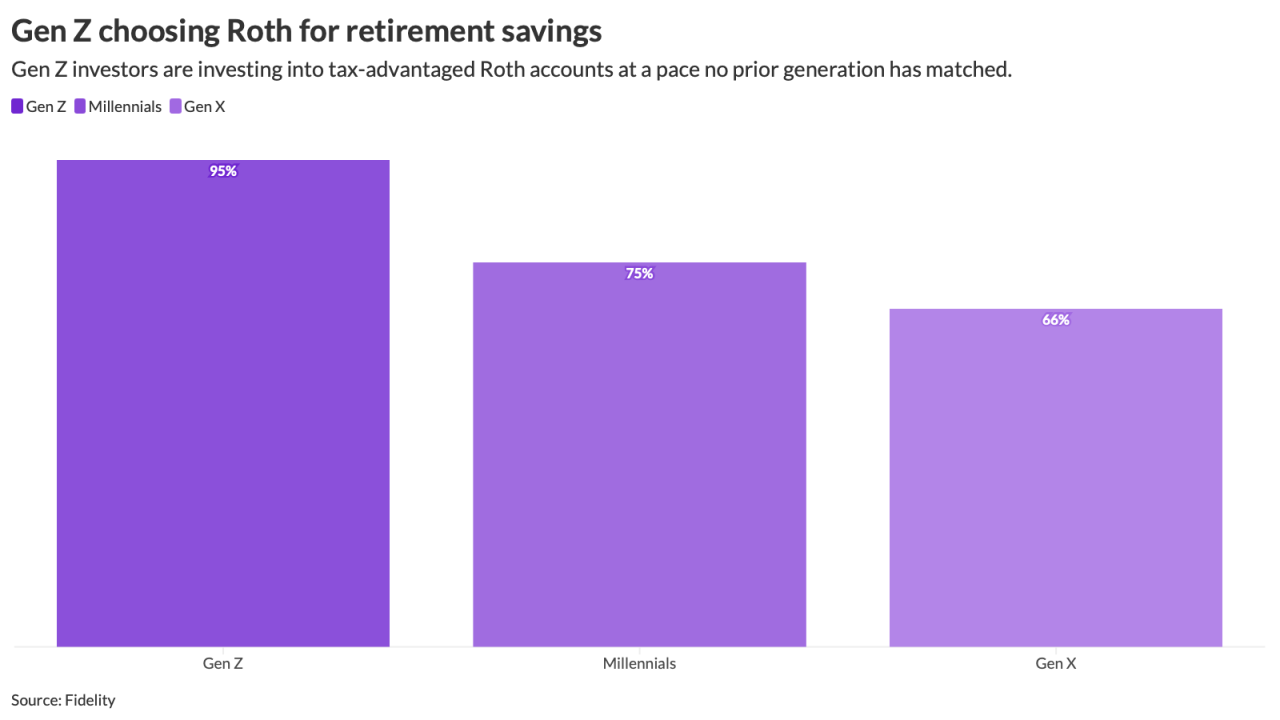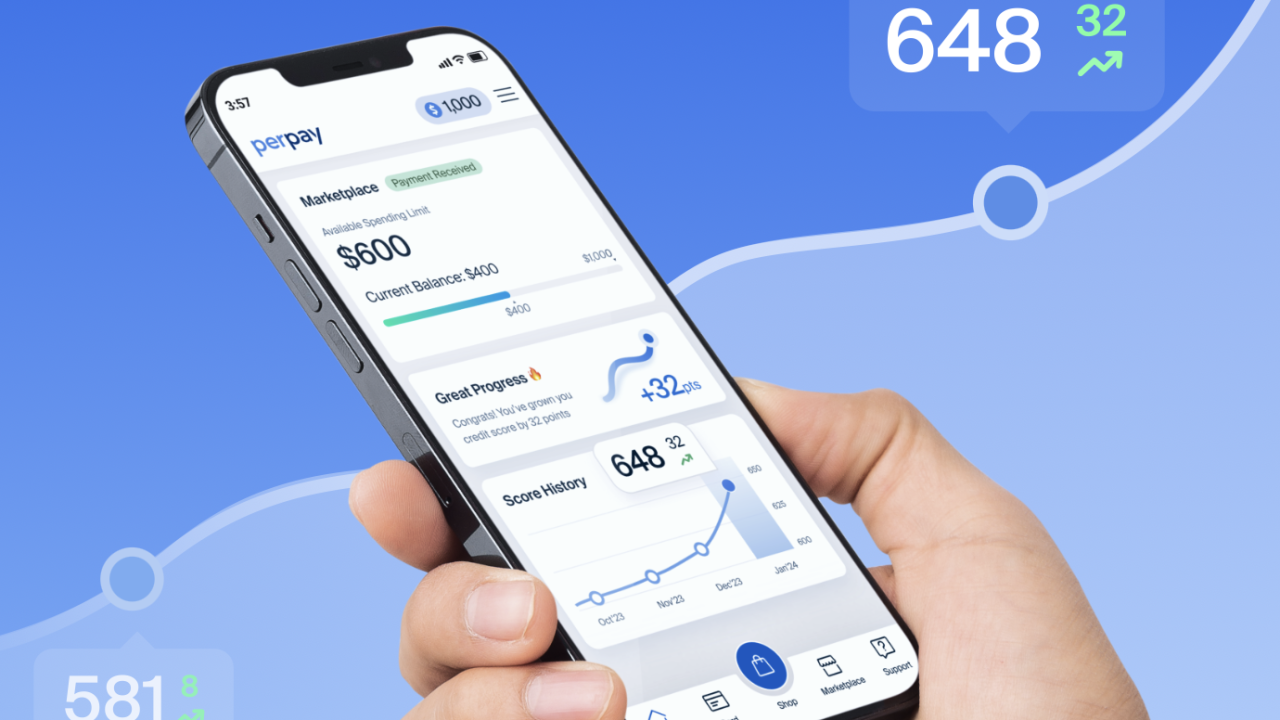- Key insight: Learn how tailored benefits plus modern workflow tech can improve retention and engagement.
- Expert quote: Benefits can differentiate firms when backed by proper approaches and tools — Perry Braun.
- Forward look: Anticipate care-delivery shifts: Centers of Excellence, medical tourism, and broader virtual access.
Source: Bullets generated by AI with editorial review
Perry Braun loves improving businesses and the
"Employee benefits professionals have an opportunity to create a differentiation amongst your competition, if you have the right type of approach, the right type of tools, and the right type of information," says Braun.
This makes empowering them with
"Our mission is to bring our insurance broker agency clients into a place where they're providing value to customers," Braun says. "We see the importance to the employer, who's looking for [help] constructing something that retains and attracts employees while still being cost effective. And we're also serving the employee, their spouse and dependents, bringing to them solutions that provide security."
Read more:
Over the span of nearly 40 years, Braun has been involved in insurance-related businesses, predominantly focusing on change management. Thanks to ongoing technology advancements and a workforce that's more diverse — and looking for more employer support — than ever, there is much opportunity for benefits strategies to evolve, he says.
"Whether it's changing businesses or changing the way people operate — how information is given and shared and digested and used — everything about what I do today is around facilitating change so there's improvement," he says. "That has a lot of service to it, and there's a tremendous amount of self-satisfaction that's gained by doing something for others."
Braun discusses the unique role benefits professionals play in helping a business achieve its goals, and how technology is making benefits strategy and usage more efficient.
Why is supporting benefit leaders so important for business success?
The employee benefit professional has the opportunity to impact the business in four specific ways. Obviously employee benefits is one component of that, but it fits within a broader conversation about human capital management. This category aligns to the long-term view of the employer, which is, how do I attract and retain employees so my business is successful?
In addition to those two categories, there is a conversation around technology to help the client achieve the right types of investment in their workflows and their processes, to put the employees in the best position to receive and have information [and engage]. Finally, the fourth category is the compliance and regulatory environment.
Read more:

What topics are guiding conversations among BAN, brokers and benefit leaders?
There is an ROI aspect to the conversation that is important — there's always the question about how much something costs versus how much value is received from the expense. That question can be from the agency itself, if they're making some investments to create a differentiation in a marketplace, or if they're representing their customers and saying, 'How does this point solution provide value?'
Another is, how do we increase [healthcare] engagement? It's an interesting question, but I think the question itself is too broad, and we need to channel that in to say, 'How do we improve engagement with the category of employees who aren't really in need of information right now, or who [suddenly require care, but] haven't been engaged in the benefit plan or with communication materials. Let's find them earlier so they can be enjoying the benefits of the healthcare system that's available.
Technology and transportation is another conversation — it is making it easier for individuals to seek treatment and care outside of their immediate drive range. We start to introduce things like Centers of Excellence conversations. We start to introduce medical tourism conversations into this and individuals are beginning to explore treatment options immediately beyond their drive-time circle. I think we're going to see some really interesting advancements in the delivery model of healthcare worldwide, not just in the community that we're living in today.
Read more:
How is technology improving the planning and execution of impactful benefit solutions?
Businesses today have far more data and information, and understand labor and labor costs far better. They understand the cost of recruiting, training, and the cost associated with losing a productive employee. There is a more forward conversation around, 'What do I need to do to retain employees and not have the turnover that would then cause my business to be more expensive to run and less productive?'
If I know the cost associated with that, then I can also understand [the value of] modifying my benefit plans so that I am retaining my employees with more tailored, customized benefits to fit their individual life circumstances. That is the cost trade off, and that's the conversation that we're having right now.






